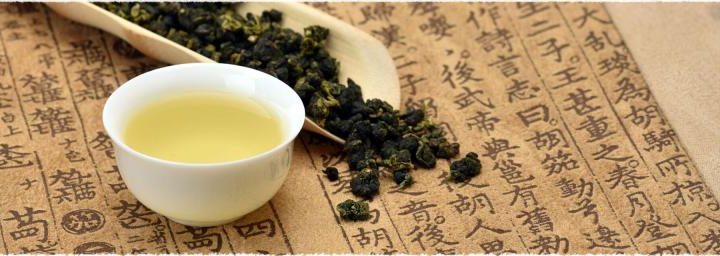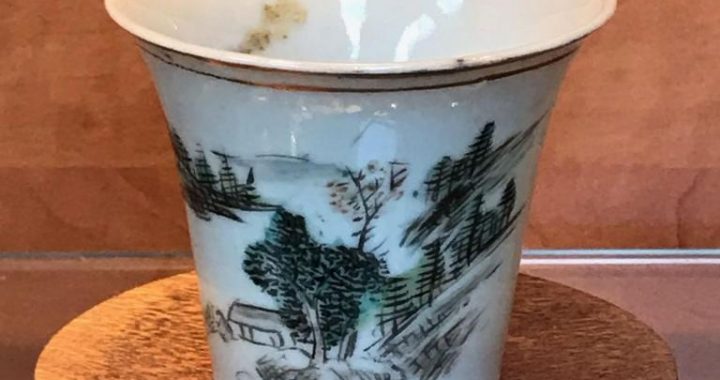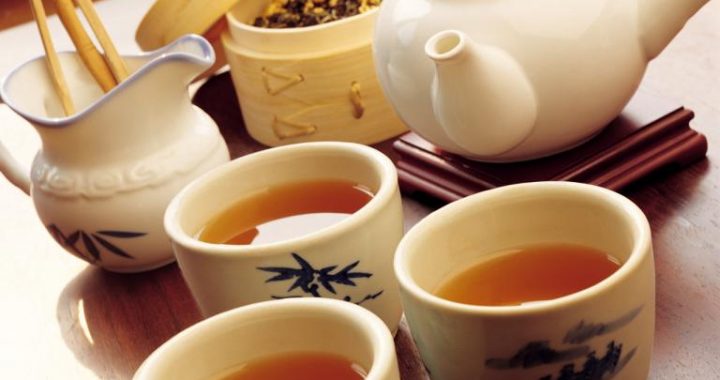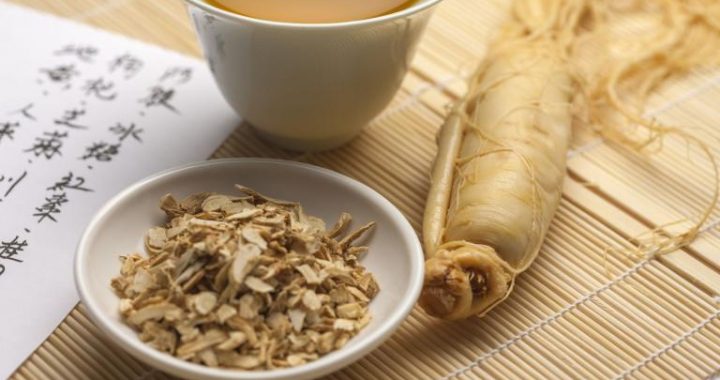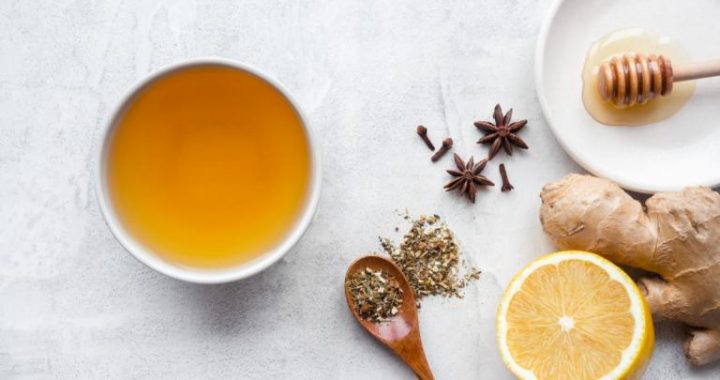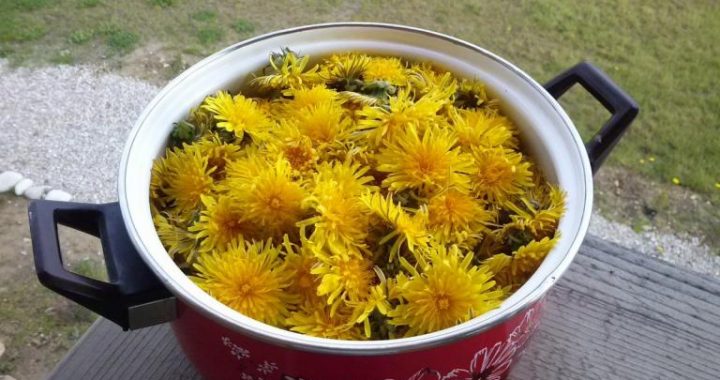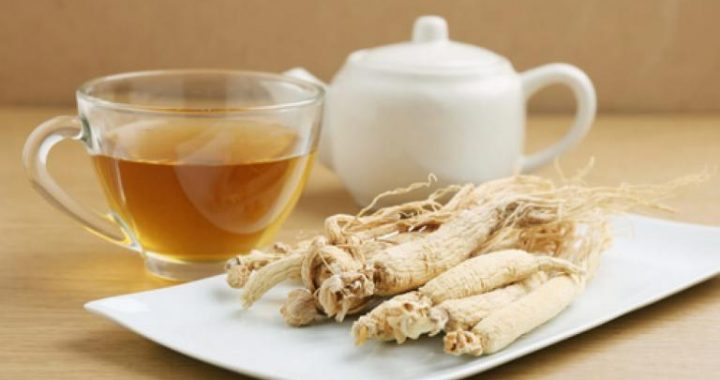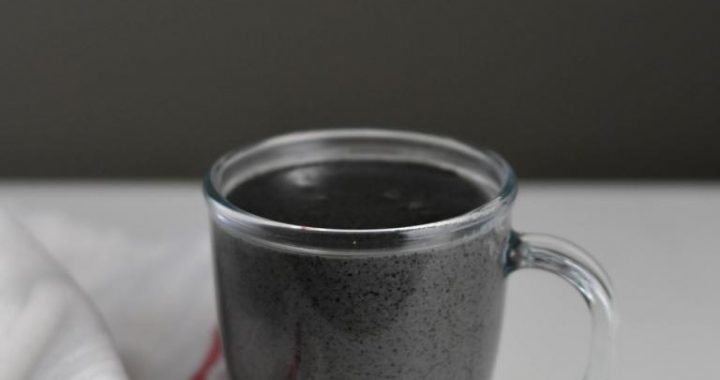Tea from the Dragon
4 min readHangzhou people are justifiably proud of their West Lake Longjing, considered one of the finest types of green tea in China, known for its emerald color, sparrow tongue-shaped leaves, bittersweet taste, and rich aroma. Its name,”Longjing”, or “Dragon Well”, was originally the name of a wellspring located in a village southwest of West Lake. It has been said that, once upon a time, the southern city experienced a severe drought, but only this particular well remained active. Local people believed that the underground source of the well was connected to the sea and that there was a dragon living inside, giving rise to the name”Longjing”, and the village became Longjing Village. Today, the village and the well remain, and visitors can hike through its lush tea gardens and taste from the sweet spring.
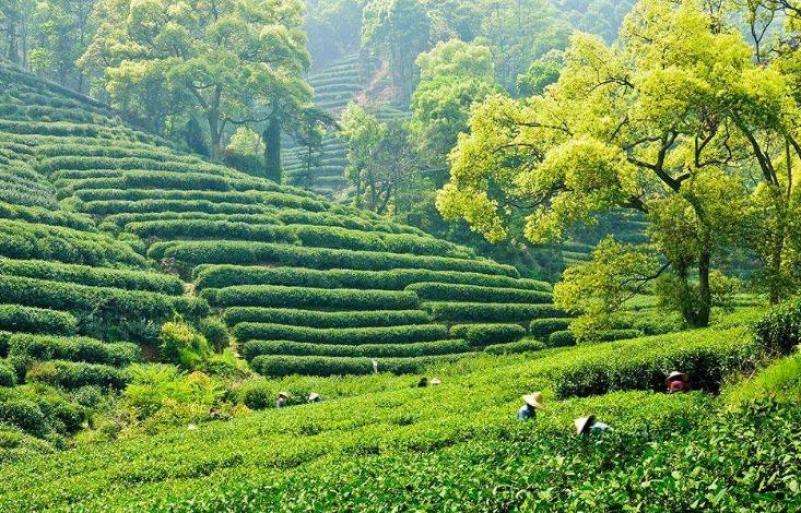
What makes the area a perfect tea plantation is its plentiful rainfall,humid air,moderate climate,rich soil,and hilly lands.Tea has been cultivated in this area for at least 1,500 years and has been closely linked to Buddhism since the very beginning.It was believed that the fifth century scholar Xie Lingyun was the first person to bring the plant here from the Chan Buddhism holy ground Tiantai Mountain while he was atTianzhu Temple to translate Buddhist scriptures from Sanskrit to Chinese.It became customary for temples to grow tea on their grounds.Even today,drinking tea in a Buddhist temple is more than quenching one’s thirst;the process of slowly brewing tea,patiently tasting the bitter and sweet notes,and smelling the complex aromas is a form of meditation,the core practice of Chan Buddhism.
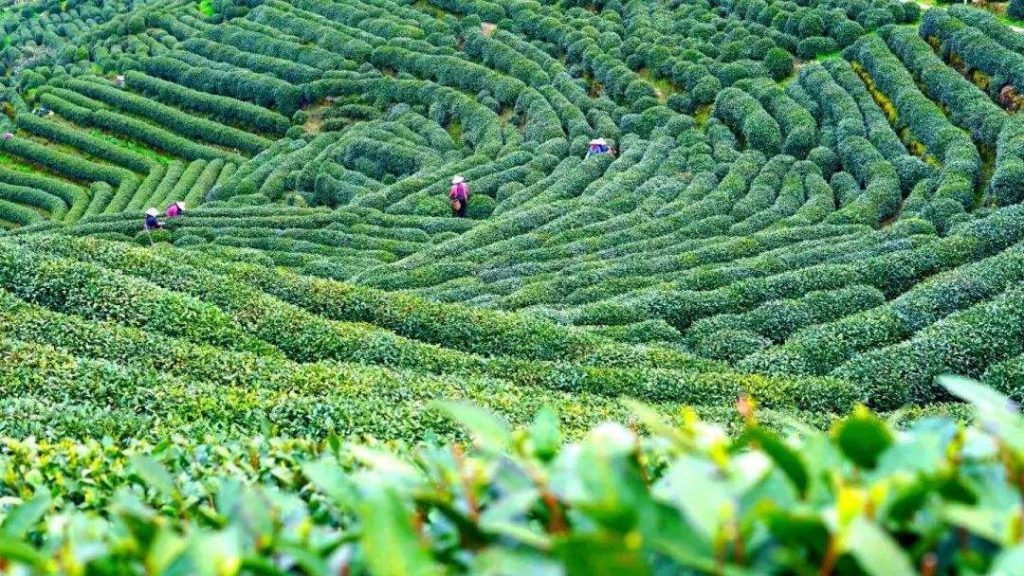
In the Tang Dynasty,as Buddhism enjoyed prosperous growth,tea drinking spread to ordinary people.By the Southern Song Dynasty,tea had become as common as rice or salt.
Various tea houses opened up in the capital city of Lin’an,attracting patrons from every class of society.Reverent monks continued to cultivate Baiyun(“White Cloud”)and Xianglin(“Fragrant Forest”)tea around the lake area,believed to be the predecessors of Longjing tea.Over the centuries,tea in this area continued to grow in fame and reputation.
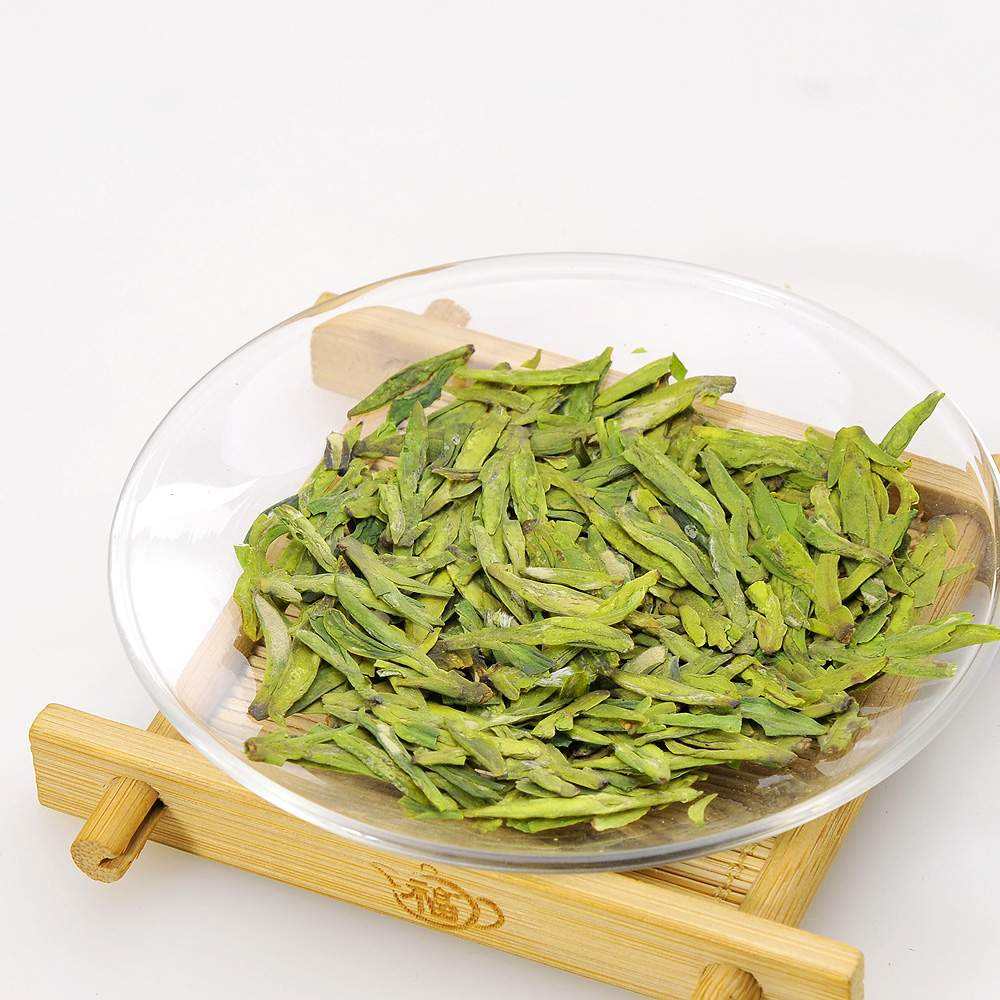
By the Yuan Dynasty,Longjing had become a well-known name,and was revered as one of the best teas in the nation by the Ming Dynasty.However,it was the Qing emperors,Kangxi and Qianlong,who raised the tea to its current status.

Though also grown elsewhere,only tea cultivated in the West Lake area is given the name West Lake Longjing.Among the five areas around the West Lake-Shifeng Hill,Longjing Village,Lingyin,Wuyun Hill,Hupao,and Meijiawu Village-Shifeng Longjing is regarded as the best of the best with its long-lasting aroma and layered taste.Based on the time of harvest,the tea is further identified into two outstanding types,the pre-Qingming Longjing and the pre-Guyu Longjing(Guyu being around late April).
Glassware and porcelain are perfect for brewing Longjing tea,and the water temperature should be around 85 degrees Celsius so as to avoid scalding the leaves,which would result in excessive bitterness.Through the glass or against the white porcelain,youcan see the bluish green tea leaves slowly stretching and sinking while the water turns a light green,giving off an aroma somewhat like fresh flowers and fried beans.

A tea-making performance at the China National Tea Museum Knowing all this,there are a few tea houses you simply can’t miss.The most well-known teahouse in the city is Hu Pan Ju Teahouse located in the northeastern shore of West Lake.Surrounded by water on three sides,it provides the best Longjing teacertified by the China National Tea Museum,a large variety of snacks,tea ceremonies,and an amazing view of West Lake.Another noted chain tea house is Qingteng Teahouse.Its lakeside location is on Nanshan Road on the eastern shore of the lake,featuring tasteful decoration and a great selection of tea and cuisine.If you are in the antique Hefang Street area,Tai Chi Teahouse should be your first choice.A typical tea house for your average tea lover,it features waiters and waitresses dressed in traditional Chinese clothes pouring tea from long funnels of big copper teapots.
If you want high quality Longjing to take home and don’t mind a trip to the tea gardens,buying tea in farmers’houses is recommended.In several large tea producing areas like Meijiawu Village and Longjing Village,you can visit tea gardens,watch the tea-roasting process,and bring freshly-fried tea home.The price will be fair,but you might not get much because Longjing tea is a hot commodity.
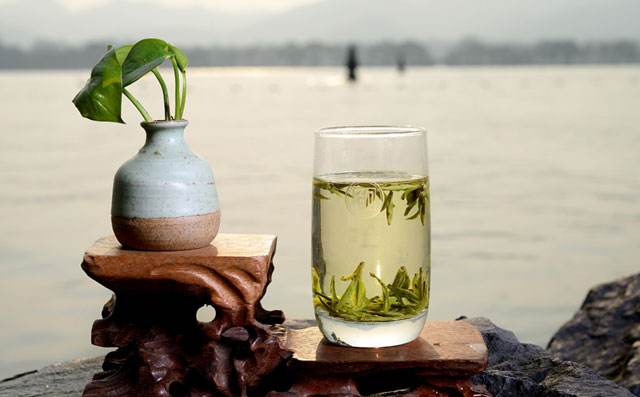
Alternatively,the Hangzhou Wholesale Food&Tea Market isa maze of tea and tea wares that you could enjoy exploring.Here you’ll find every ware and accessory a tea aficionado could possibly ask for.
Artist Xia Keliang’s depiction of Hupao Spring Hupao Spring
To brew the perfect cup of tea,water is as important as the tea leaves.Hangzhou locals will tell you that a good cup of Longjing should be brewed with water from Hupao Spring a few kilometers south of West Lake.The name of the spring is taken from a legend in which a reverent Tang Dynasty monk named Chan Master Huanzhong lived in the area for its extraordinary beauty but couldn’t find a water source.Just as he was about to move,he had a dream in which an immortal told him:”There’s a spring in Nanyue Mountain,andI will send two tigers to move it here.”The next day,the monk saw two tigers digging inthe earth to make a den and clear spring water gushed from the ground.Hupao Spring isinside the Chan Buddhism-inspired Hupao Park,where real connoisseurs can visit every morning to get fresh water for their daily fix of Longjing tea.
